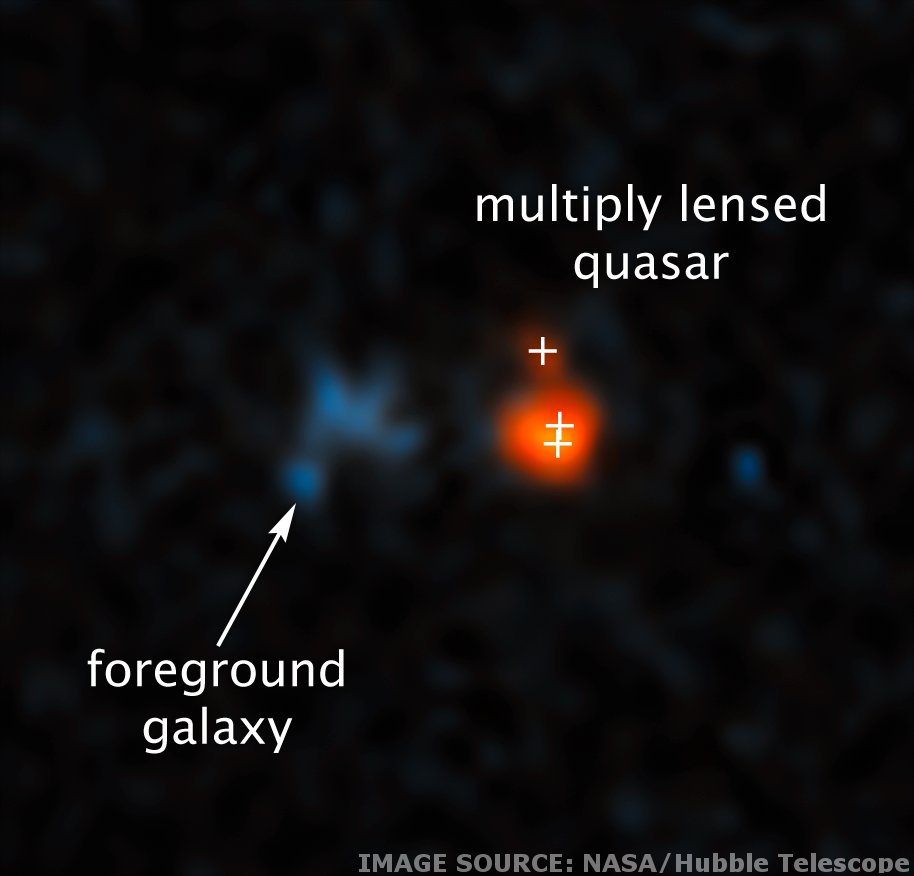Ancient quasar shines hard
 The Hubble Telescope has discovered the brightest ancient quasar ever seen – emitting as much light as about 600 trillion suns.
The Hubble Telescope has discovered the brightest ancient quasar ever seen – emitting as much light as about 600 trillion suns.
Data from the NASA/European Space Agency Hubble Space Telescope has revealed the early universe quasar, which could provide a useful insight into the birth of galaxies.
A quasar is the nucleus of an active galaxy, generating a mind-bendingly powerful glow from the energy released by gas falling toward the supermassive black hole at its centre.
The newly-discovered quasar - known to scientists as J043947.08+163415.7 - is so old that the light now being picked up on Earth was emitted when the Universe was only about a billion years old.
Its brightness is equivalent to about 600 trillion suns, and is powered by a supermassive black hole several hundred million times as massive as our Sun.
The quasar is estimated to be producing up to 10,000 stars per year – much more active than the Milky Way which produces about one new star every year.
Researcher Fabian Walter from the Max Planck Institute for Astronomy in Germany says it is a great target for further investigation.
“Its properties and its distance make it a prime candidate to investigate the evolution of distant quasars and the role supermassive black holes in their centres had on star formation,” he said.







 Print
Print